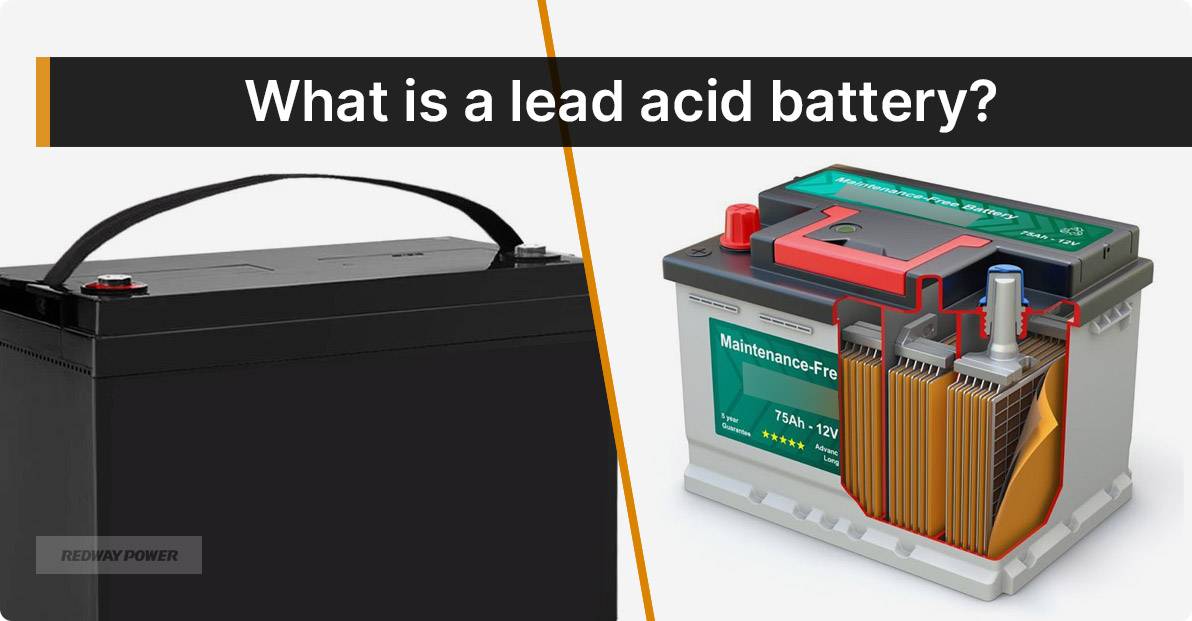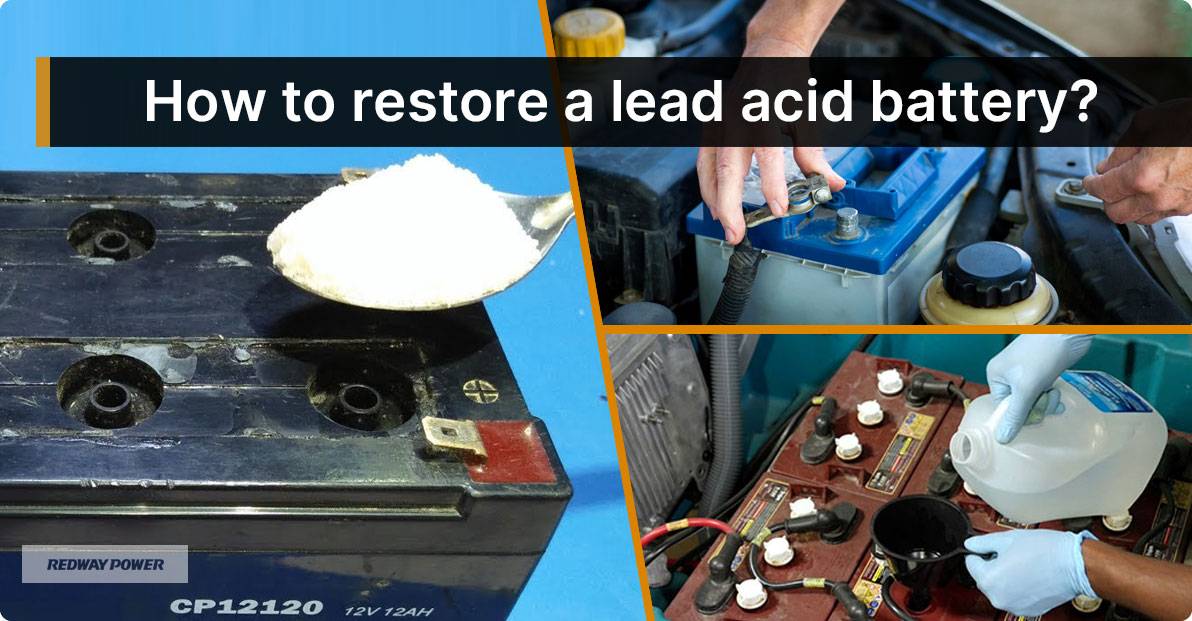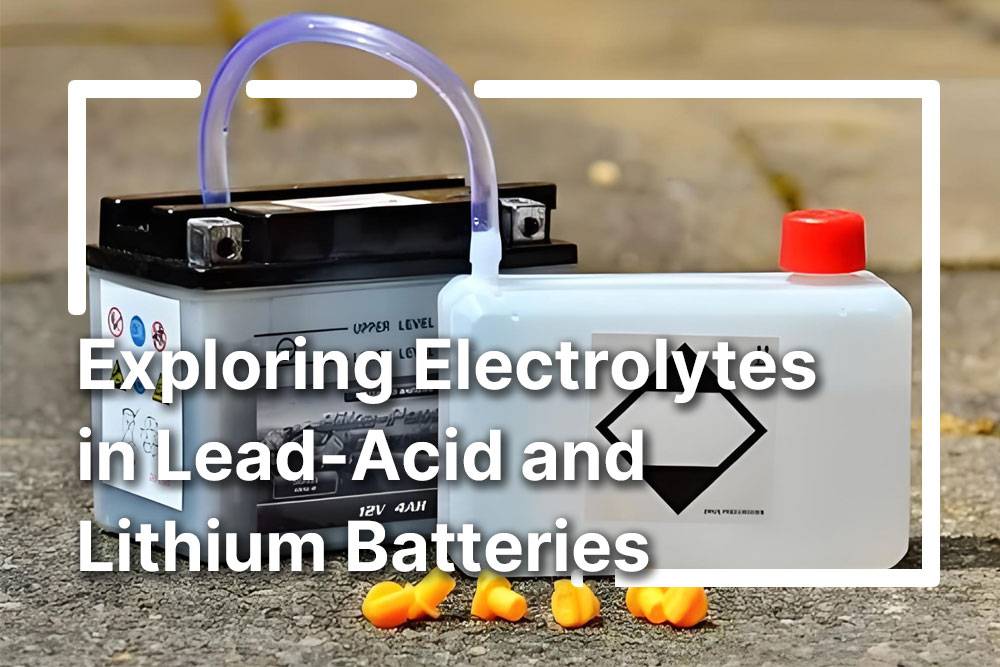- Forklift Lithium Battery
-
48V
- 48V 210Ah
- 48V 300Ah
- 48V 420Ah (949 x 349 x 569 mm)
- 48V 420Ah (950 x 421 x 450 mm)
- 48V 456Ah
- 48V 460Ah (830 x 630 x 590 mm)
- 48V 460Ah (950 x 421 x 450 mm)
- 48V 460Ah (800 x 630 x 600 mm)
- 48V 460Ah (820 x 660 x 470 mm)
- 48V 500Ah
- 48V 560Ah (810 x 630 x 600 mm)
- 48V 560Ah (950 x 592 x 450 mm)
- 48V 600Ah
- 48V 630Ah
-
48V
- Lithium Golf Cart Battery
- 12V Lithium Battery
12V 150Ah Lithium RV Battery
Bluetooth App | BCI Group 31
LiFePO4 Lithium
Discharge Temperature -20°C ~ 65°C
Fast Charger 14.6V 50A
Solar MPPT Charging - 24V Lithium Battery
- 36V Lithium Battery
- 48V Lithium Battery
-
48V LiFePO4 Battery
- 48V 50Ah
- 48V 50Ah (for Golf Carts)
- 48V 60Ah (8D)
- 48V 100Ah (8D)
- 48V 100Ah
- 48V 100Ah (Discharge 100A for Golf Carts)
- 48V 100Ah (Discharge 150A for Golf Carts)
- 48V 100Ah (Discharge 200A for Golf Carts)
- 48V 150Ah (for Golf Carts)
- 48V 160Ah (Discharge 100A for Golf Carts)
- 48V 160Ah (Discharge 160A for Golf Carts)
-
48V LiFePO4 Battery
- 60V Lithium Battery
-
60V LiFePO4 Battery
- 60V 20Ah
- 60V 30Ah
- 60V 50Ah
- 60V 50Ah (Small Size / Side Terminal)
- 60V 100Ah (for Electric Motocycle, Electric Scooter, LSV, AGV)
- 60V 100Ah (for Forklift, AGV, Electric Scooter, Sweeper)
- 60V 150Ah (E-Motocycle / E-Scooter / E-Tricycle / Tour LSV)
- 60V 200Ah (for Forklift, AGV, Electric Scooter, Sweeper)
-
60V LiFePO4 Battery
- 72V~96V Lithium Battery
- Rack-mounted Lithium Battery
- E-Bike Battery
- All-in-One Home-ESS
- Wall-mount Battery ESS
-
Home-ESS Lithium Battery PowerWall
- 24V 100Ah 2.4kWh PW24100-S PowerWall
- 48V 50Ah 2.4kWh PW4850-S PowerWall
- 48V 50Ah 2.56kWh PW5150-S PowerWall
- 48V 100Ah 5.12kWh PW51100-F PowerWall (IP65)
- 48V 100Ah 5.12kWh PW51100-S PowerWall
- 48V 100Ah 5.12kWh PW51100-H PowerWall
- 48V 200Ah 10kWh PW51200-H PowerWall
- 48V 300Ah 15kWh PW51300-H PowerWall
PowerWall 51.2V 100Ah LiFePO4 Lithium Battery
Highly popular in Asia and Eastern Europe.
CE Certification | Home-ESS -
Home-ESS Lithium Battery PowerWall
- Portable Power Stations
Understanding Lead-Acid Batteries: Operation, Care, and Recycling

Lead-acid batteries, prevalent in vehicles and backup systems, operate through a chemical reaction between lead plates and sulfuric acid. Charging sequences and maintenance impact their lifespan, typically lasting 3 to 5 years. Recycling old batteries responsibly ensures environmental protection and material reuse.
What is a lead acid battery?
A lead-acid battery is a robust and reliable power source commonly found in automobiles, motorcycles, boats, and even backup power systems. It consists of lead plates submerged in an electrolyte solution of sulfuric acid. The chemical reaction between the lead and sulfuric acid generates electrical energy through a series of electrochemical processes.
These batteries come in two main types: flooded (wet cell) and sealed (valve-regulated lead-acid or VRLA), each designed for specific applications. Flooded batteries require periodic maintenance to top up the electrolyte levels, while sealed batteries are maintenance-free due to their design that recombines gases within the battery.
Lead-acid batteries boast high surge currents, making them ideal for starting engines or providing short bursts of power. Despite facing competition from newer technologies like lithium-ion batteries, lead-acid batteries remain popular due to their cost-effectiveness and proven reliability over decades.

How does a lead acid battery work?
A lead-acid battery powers cars and other devices by using lead plates and sulfuric acid. When connected to a circuit, a chemical reaction occurs: one plate releases oxygen ions while the other releases electrons, creating electricity. Charging reverses this process. It’s all thanks to chemistry!
Lead-acid batteries are like the hidden champions in many devices we use daily. But how do they really work? Let’s simplify it for you.
- Composition: Inside a lead-acid battery, there are lead dioxide plates and sponge lead plates dipped in sulfuric acid electrolyte.
- Chemical Reaction: When connected to a circuit, a reaction happens. One plate releases oxygen ions, while the other lets out electrons, creating electricity.
- Power Cycle: During charging, this process reverses, restoring the chemical balance in the battery. It’s the magic of chemistry at work!
So, whether you’re starting your car or relying on an emergency light, you can thank the wonders of chemistry and the trusty lead-acid battery for keeping things running smoothly.
How to charge a sealed lead acid battery?
To properly charge a sealed lead acid battery, start by using a compatible charger and ensuring clean terminals. Connect the charger cables, red to positive and black to negative, in that order. Set the charger to the recommended voltage and current levels, avoiding overcharging. Monitor the process and disconnect once fully charged to maintain battery health and performance.
Charging a sealed lead acid battery is essential for keeping it in good condition and ensuring it works efficiently. Here’s how you can do it:
- Use the Right Charger: Make sure to use a charger specifically designed for sealed lead acid batteries. This helps prevent damage and ensures safe charging.
- Clean Terminals: Before charging, check that the battery terminals are clean and free from corrosion. This ensures a good connection and efficient charging.
- Connect Cables Correctly: Connect the positive (red) cable from the charger to the positive terminal on the battery, and then connect the negative (black) cable to the negative terminal. This sequence is important to avoid accidents or damage.
- Set Voltage and Current: Adjust the charger settings to the recommended voltage and current levels for sealed lead acid batteries. This prevents overcharging, which can harm the battery.
- Monitor Charging: Keep an eye on the charging process and disconnect the charger once the battery is fully charged. Overcharging can reduce the battery’s lifespan, so it’s important to stop charging at the right time.
Proper charging ensures that your sealed lead acid battery stays healthy and performs optimally for a long time.
How long do lead acid batteries last?
Lead-acid batteries usually last around 3 ~ 5 years with proper care. Regular maintenance like checking water levels and following charging instructions helps prolong their lifespan. If your battery shows signs of decline, such as decreased performance, it’s time for a replacement to avoid disruptions in power supply.
Lead-acid batteries, like the one in your car, have a lifespan of about 3 to 5 years if they’re taken care of properly. Here’s what you need to know to make them last as long as possible:
- Maintenance Matters: Regularly check the water levels (if it’s a non-sealed battery) and ensure proper ventilation to keep the battery healthy.
- Charge Right: Follow the manufacturer’s guidelines for charging cycles and avoid overcharging or deep discharging, as this can damage the battery.
- Keep an Eye Out: If you notice your battery isn’t performing as well as it used to, it might be time for a replacement. Don’t wait too long to swap it out to avoid any disruptions in your car’s power supply.
Remember, taking good care of your lead-acid battery can help it stay strong and keep your car running smoothly for years to come.

How to restore 12v lead-acid battery?
Looking to revive a 12V lead-acid battery? Try using a desulfation charger to break down sulfation buildup, or perform an equalization charge to balance the cells. Follow safety guidelines and regular maintenance practices to enhance battery life. Assess the battery’s condition before attempting restoration methods, as not all batteries can be restored.
Let’s break down how to restore a 12V lead-acid battery into easy-to-understand steps:
- Use a Desulfation Charger: This charger helps break down sulfation buildup on the battery plates, improving its efficiency and lifespan.
- Try an Equalization Charge: This charge helps balance the cells within the battery and can enhance its overall capacity.
- Follow Safety Guidelines: It’s important to adhere to safety precautions and manufacturer recommendations during the restoration process to prevent accidents or damage.
By following these steps and conducting regular maintenance, such as cleaning and fluid level checks, you can potentially revive your lead-acid battery and extend its usable life. Remember to assess the battery’s condition beforehand to determine if restoration is feasible.
How to restore a lead acid battery?
Looking to revive a lead acid battery? Try these simple methods! Use an equalizing charger to balance the battery cells or desulfation to break down sulfate buildup. Regular maintenance and proper charging habits can also help extend battery life. With these steps, you can potentially restore your lead acid battery’s performance and efficiency, avoiding premature replacements.
Ever wondered how to bring back life to a lead acid battery that’s losing its spark? Well, fret not! There are some easy methods you can try to rejuvenate it and make it last longer.
1. Equalizing Charger: This special charger applies a higher voltage to the battery for a period, helping to balance its cells and improve overall performance.
2. Desulfation: This process breaks down sulfate crystals that can accumulate on the battery plates over time, restoring its capacity.
3. Maintenance and Charging: Regular upkeep and following proper charging practices can also contribute to extending the battery’s life.
By employing these techniques, you may be able to breathe new life into your lead acid battery, saving you from premature replacements and keeping your devices powered up efficiently.

Where to recycle lead acid batteries?
When it’s time to recycle lead-acid batteries, look for nearby scrap metal recyclers, auto parts stores, or recycling centers. These places accept old batteries for proper disposal. Recycling helps prevent harmful chemicals from harming the environment and allows for valuable materials to be reused. So, recycle your old lead-acid batteries responsibly to protect the planet.
- Recycling Lead-Acid Batteries:
- When you need to recycle lead-acid batteries, it’s vital to find the right place to dispose of them safely.
- Look for scrap metal recyclers, auto parts stores, or designated recycling centers in your area.
- These locations accept old batteries and ensure they are properly handled to prevent environmental harm.
- Protecting the Environment:
- Recycling lead-acid batteries helps prevent harmful chemicals from leaking into the environment.
- It also allows valuable materials like lead and plastic to be reused in new products, reducing waste.
- Responsible recycling contributes to environmental sustainability and protects our planet for future generations.
- Taking Action:
- By choosing to recycle your old lead-acid batteries, you play a crucial role in environmental conservation.
- Remember to dispose of them responsibly to ensure they are recycled and reused effectively.
- Together, we can make a positive impact on the environment by taking simple yet meaningful actions like recycling lead-acid batteries.






















